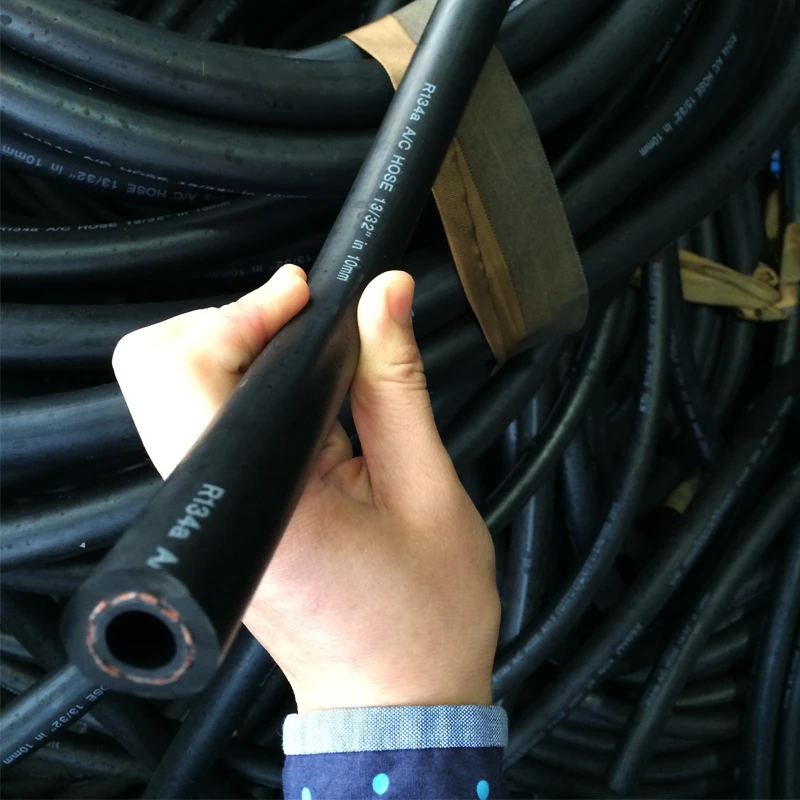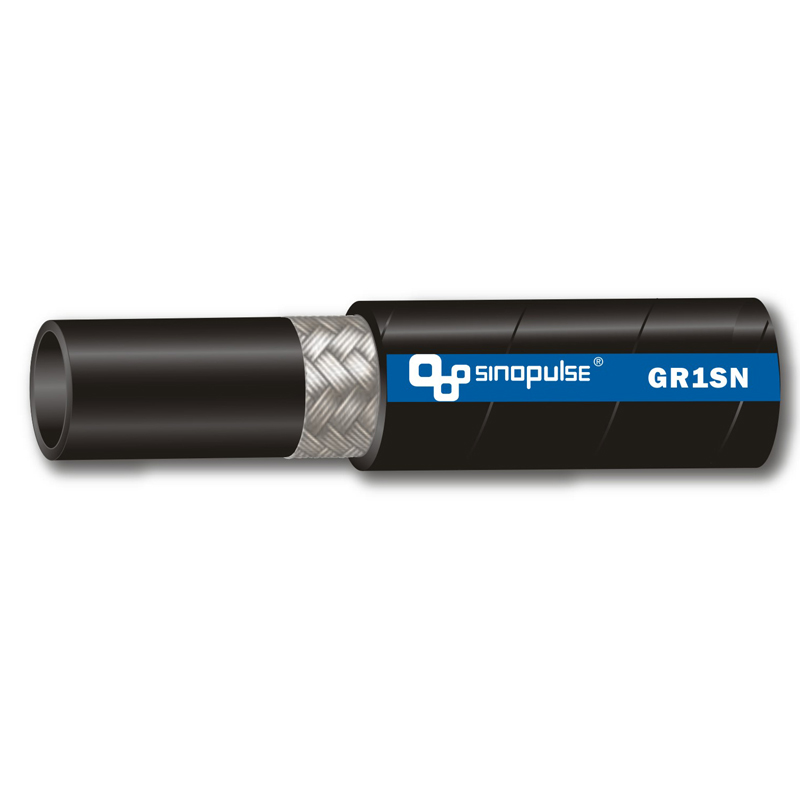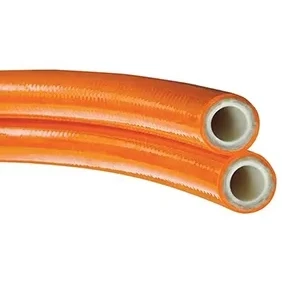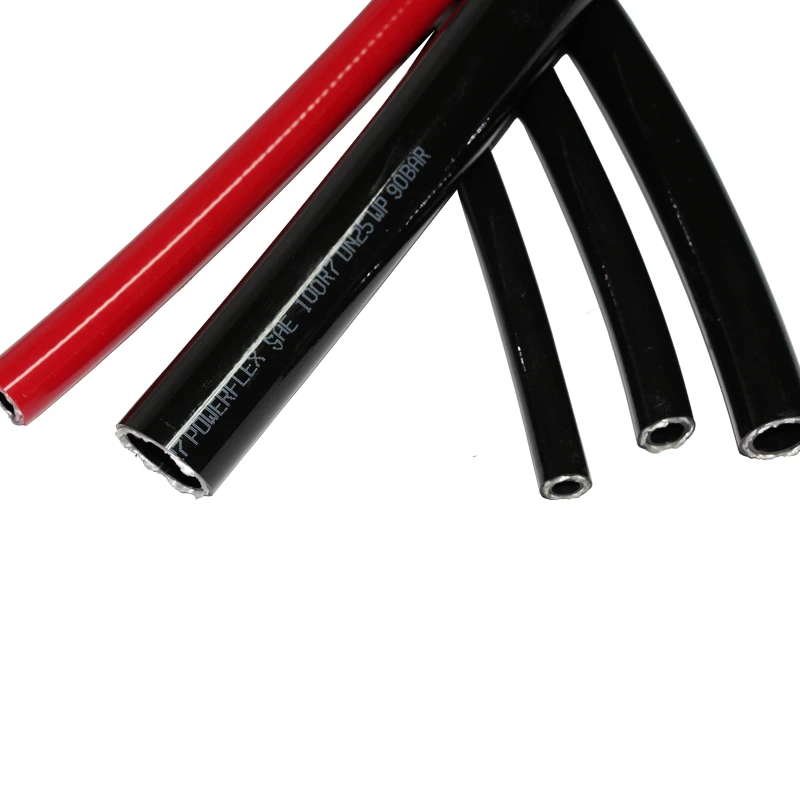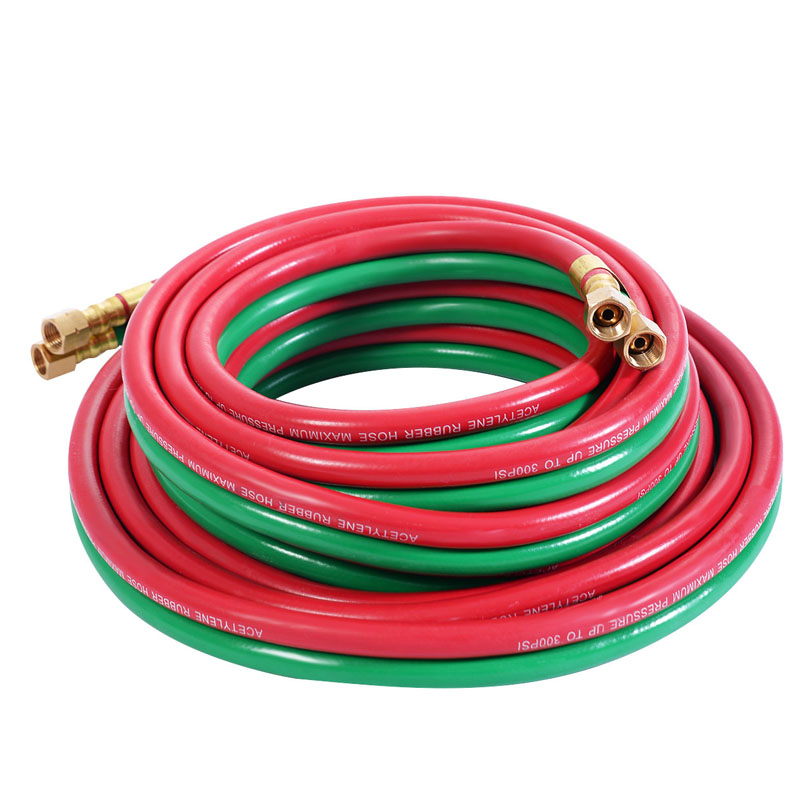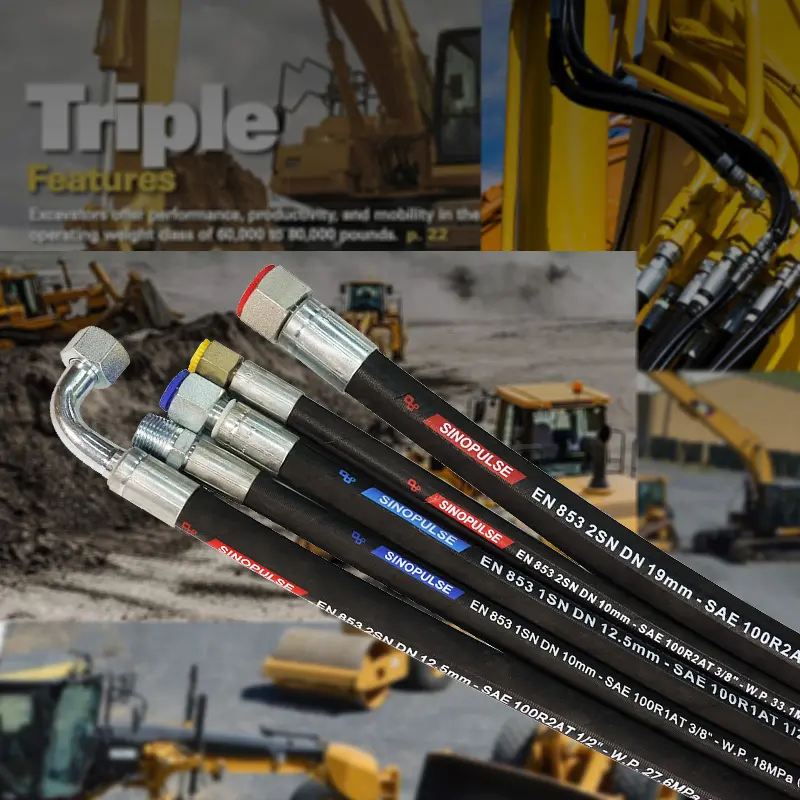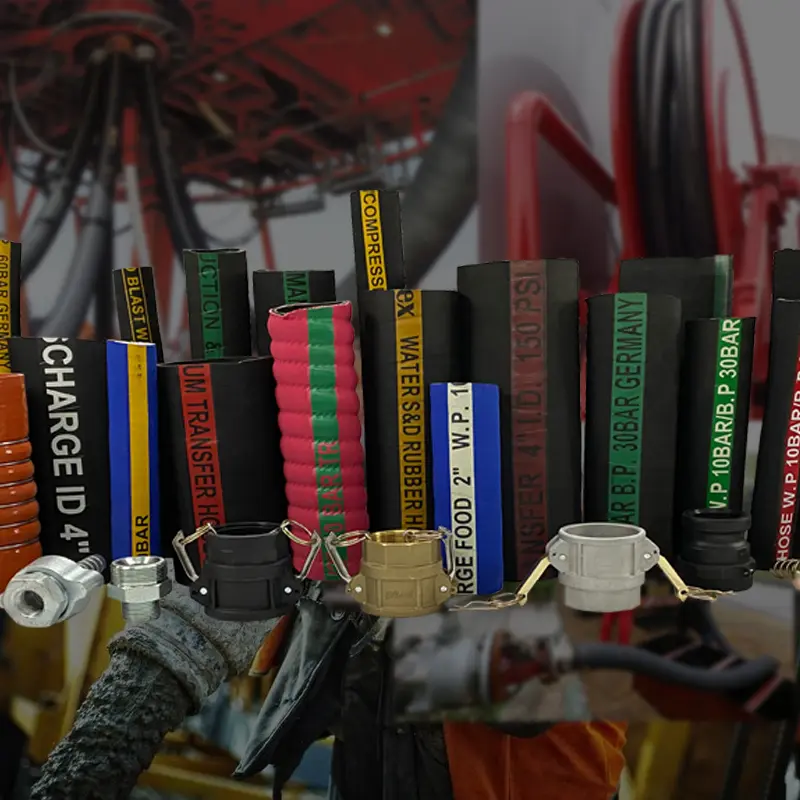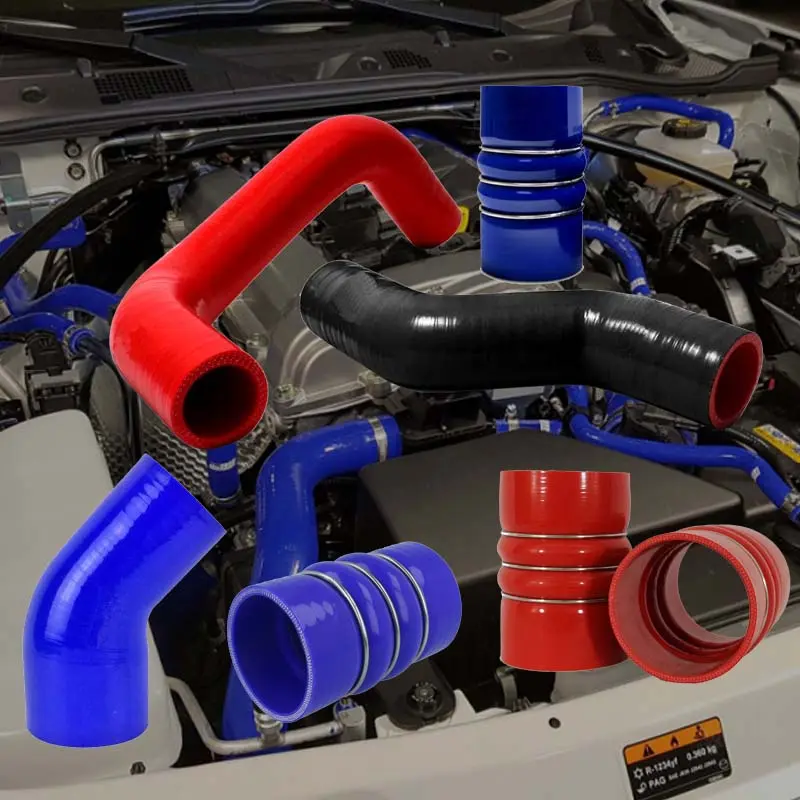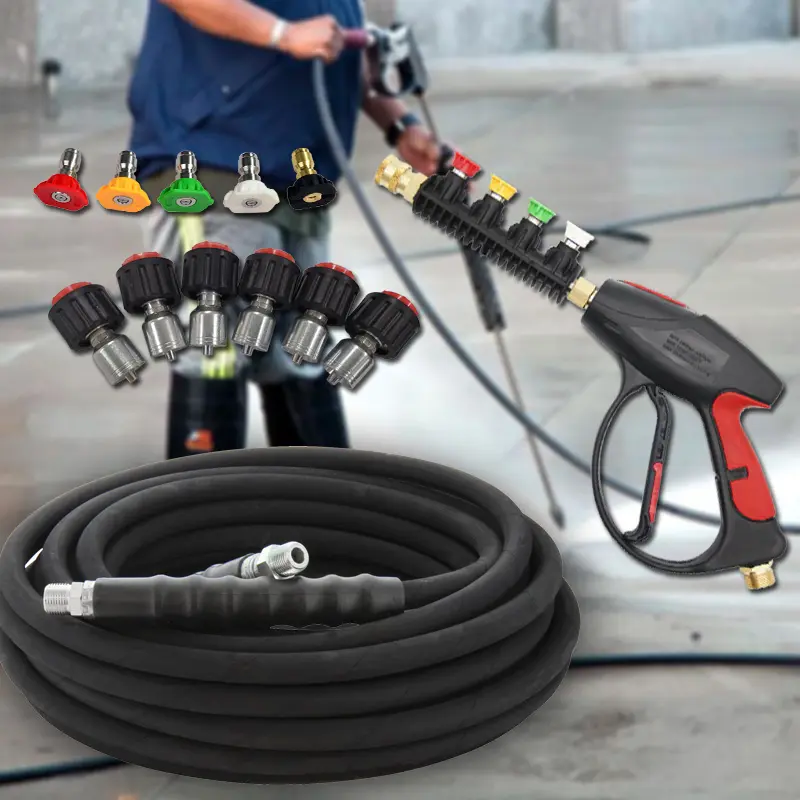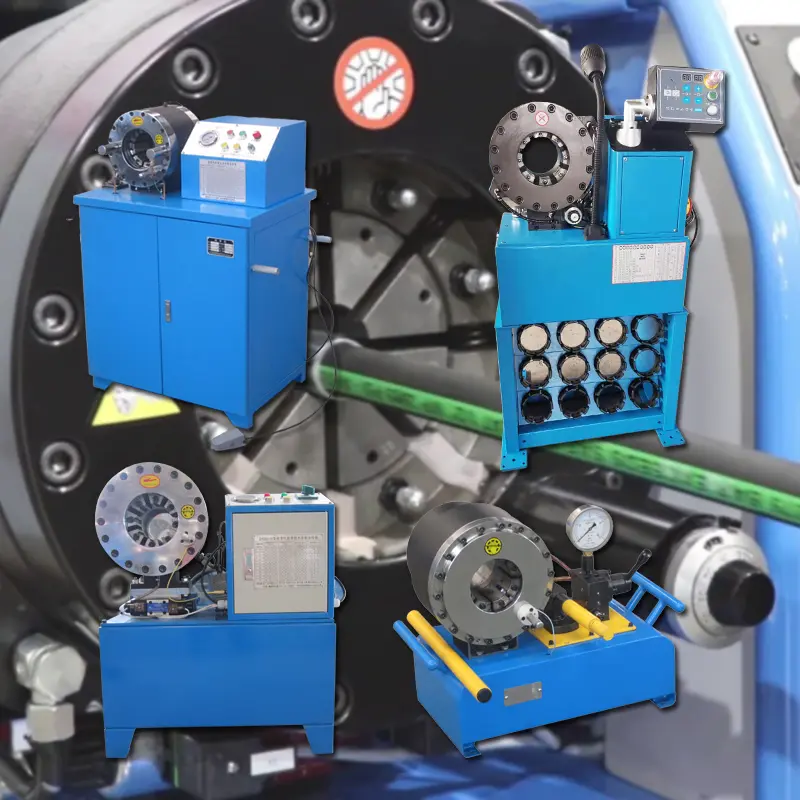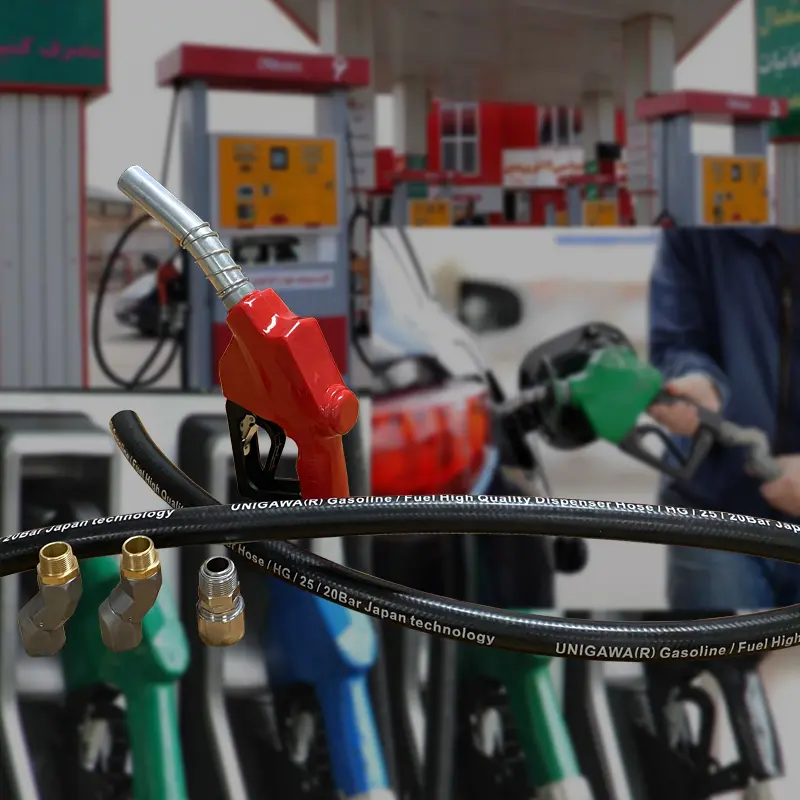Exploring the diverse world of hydraulic hoses uncovers a fascinating array of product types, each designed to meet specific industrial needs. Recognizing the right type for your machinery could significantly enhance system efficiency while ensuring safety standards. This deep dive into hydraulic hose types aims to provide a detailed exploration from the perspective of experience, expertise, authoritativeness, and trustworthiness.

Hydraulic systems are the lifelines of numerous industries, from manufacturing to construction and mining. The role of hydraulic hoses cannot be overstated, as they transport fluids under tremendous pressure to various parts of machinery, powering everything from brakes to steering systems. Choosing the right hose type can affect everything from operational efficiency to maintenance costs.
The first type to consider is the braided hydraulic hose. Known for its flexibility and durability, this type generally consists of one or more layers of braid added to reinforce the hose core. The braided design enhances its ability to withstand high pressure, making it suitable for medium-pressure applications. A notable advantage of braided hose is its resistance to fatigue, which is particularly beneficial in conditions involving repetitive motion and vibration.
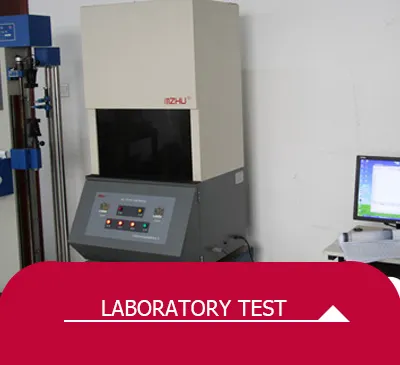
Next, spiral wound hydraulic hoses are a step up in robustness and capacity. These hoses are often preferred in high-pressure environments due to their multilayered wire spiral reinforcement. This construction makes them stiff but highly resistant to high bursts of pressure and external damages. Industries such as heavy machinery and drilling operations often rely on spiral hoses due to their strength and reliability in harsh conditions.
Thermoplastic hydraulic hoses offer another avenue, prized for their lightweight nature and superior chemical resistance compared to traditional rubber hoses. They are ideal in environments where chemical exposure is a concern. Furthermore, thermoplastic hoses boast a smooth surface that reduces friction, translating to less energy loss in hydraulic systems – a critical factor for those looking to optimize energy efficiency.
hydraulic hose types
For specialized applications, such as high temperatures or challenging environments, Teflon (PTFE) hydraulic hoses emerge as a top contender. These hoses can operate efficiently at temperatures that would typically degrade other types. Additionally, PTFE hoses are almost entirely resistant to the effects of chemical and bacterial contamination, making them indispensable across the food and pharmaceutical industries.
In terms of longevity and environmental resilience, EPDM hydraulic hoses cannot be overlooked. EPDM, or Ethylene Propylene Diene Monomer, is renowned for its extraordinary resistance to UV radiation and ozone, making these hoses suitable for outdoor applications. Their weather-defiant properties ensure a prolonged service life, a boon for industries looking to cut down on frequent replacements and downtime.
When evaluating which hydraulic hose is suitable for your needs, consider factors such as pressure ratings, environmental conditions, and compatibility with hydraulic fluids. It is advised to consult with experts who can provide insights specific to your operational context, ensuring that the chosen hose type aligns best with your performance and safety requirements.
A trustworthy approach to selecting hydraulic hoses involves verifying quality certifications and adhering to industry standards. This can include ISO 18752 or SAE (Society of Automotive Engineers) standards, ensuring the product meets rigorous testing criteria. Engaging with manufacturers and suppliers that demonstrate a commitment to quality and customer service is also vital, as their expertise could greatly aid in the correct selection and installation practices.
Ultimately, the varied landscape of hydraulic hose types offers opportunities for customization and optimization within hydraulic systems. Through understanding each type's distinct characteristics and aligning them with operational needs, businesses can achieve increased efficiency, reduced operational costs, and enhanced safety. By leveraging expert advice and credible sources, stakeholders can ensure their hydraulic solutions are robust, reliable, and capable of withstanding the demands of industrial applications.
Product Application









